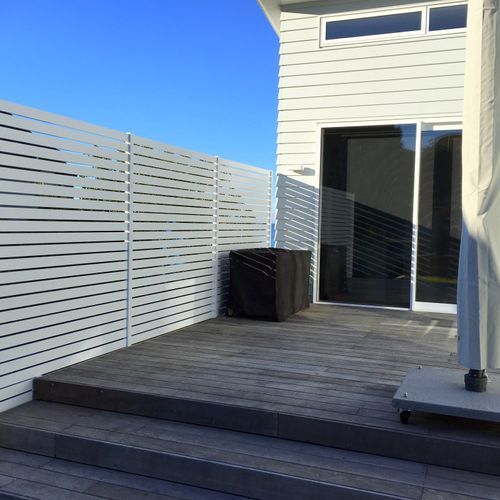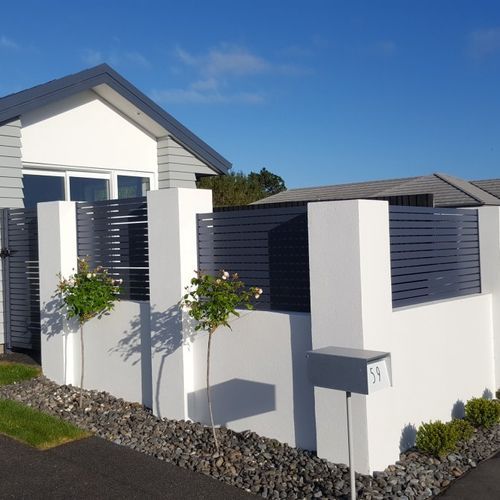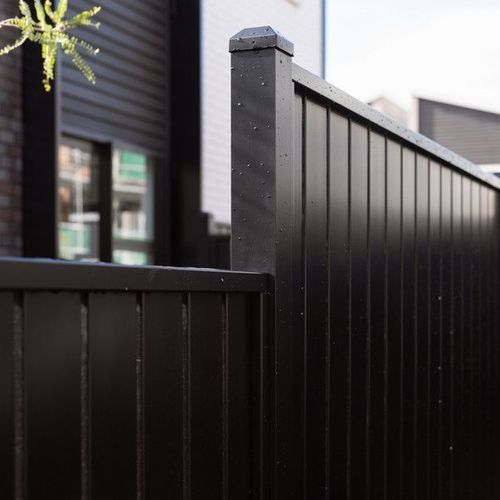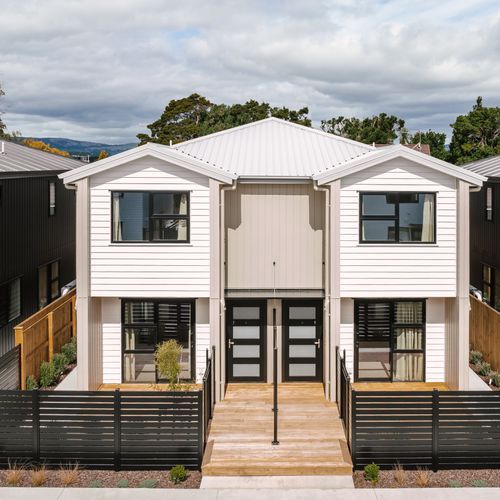Fence Panels
- Fence panels are the main visual assets of the property boundary. Wood fence panels offer an attractive, natural, refined appeal that fit diverse styles from traditional to modern. At ArchiPro, we put at your disposal a broad selection of timber panels for any layout design, from privacy to transparent.Why ArchiPro?
No more endless searching -
Everything you need, all in one place.Real projects, real experts -
Work with vetted architects, designers, and suppliers.Designed for New Zealand -
Projects, products, and professionals that meet local standards.From inspiration to reality -
Find your style and connect with the experts behind it.Start your Project
Start you project with a free account to unlock features designed to help you simplify your building project.
Learn MoreBecome a Pro
Showcase your business on ArchiPro and join industry leading brands showcasing their products and expertise.
Learn More








